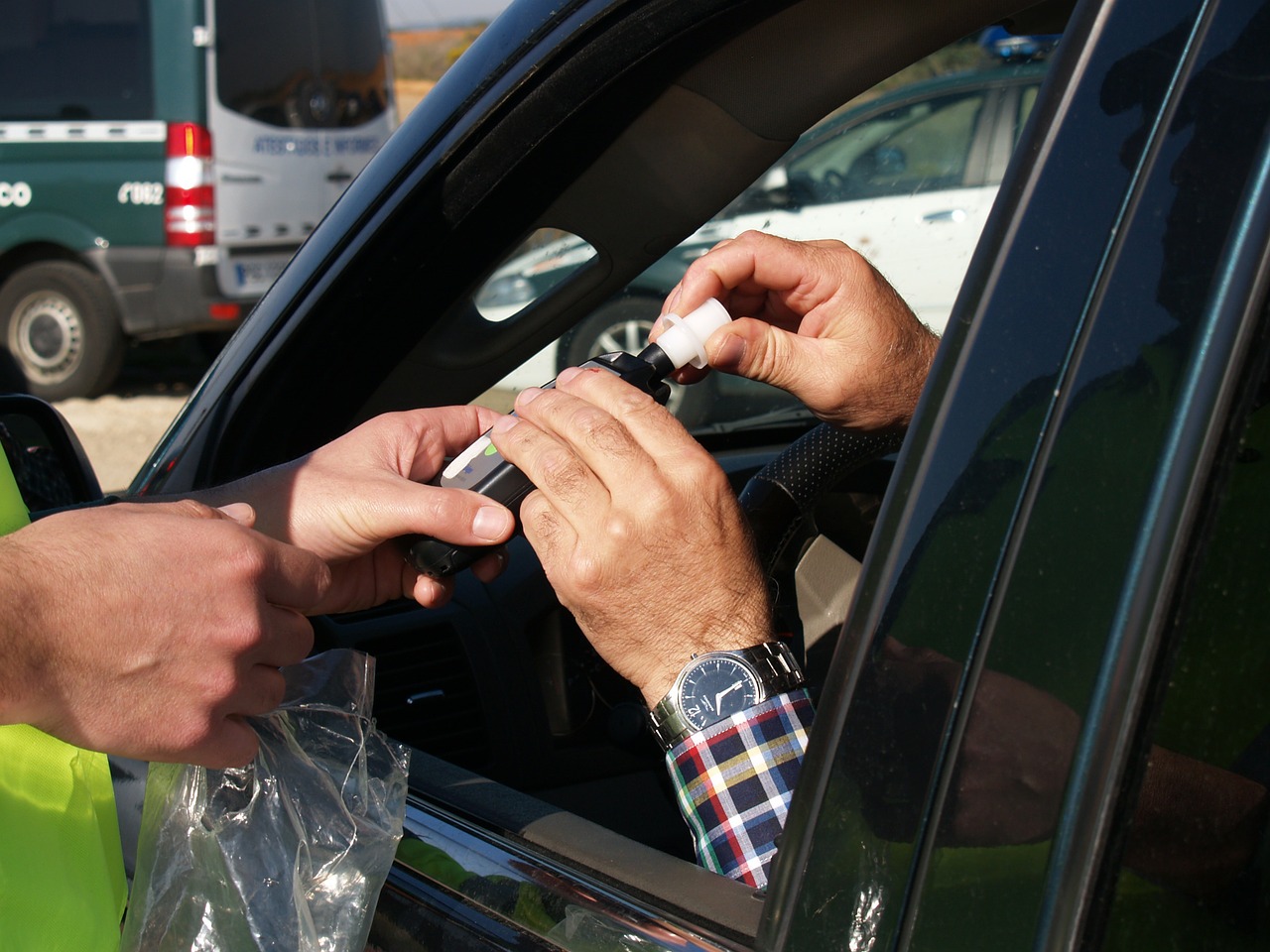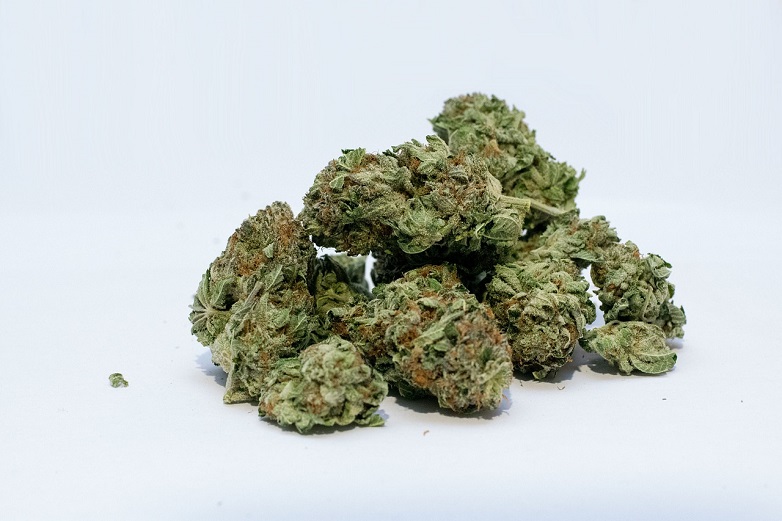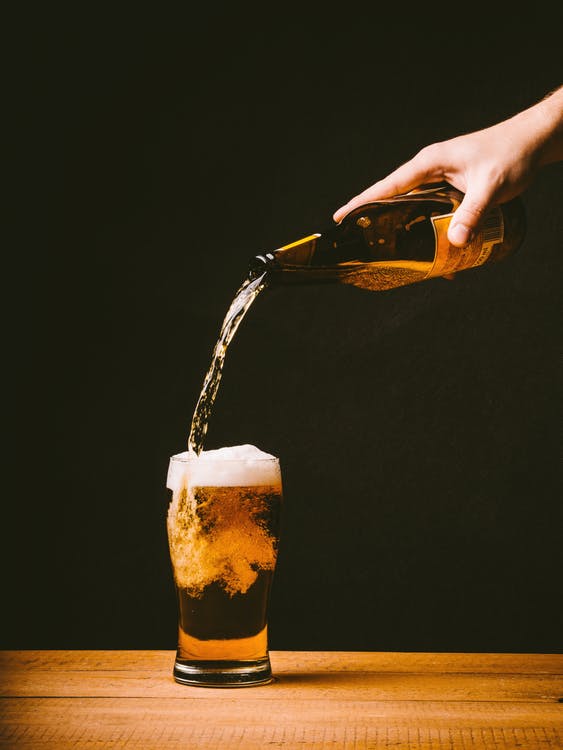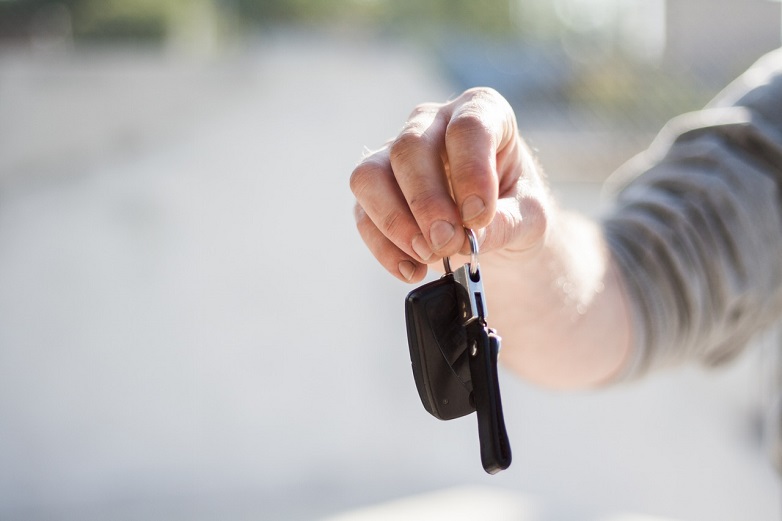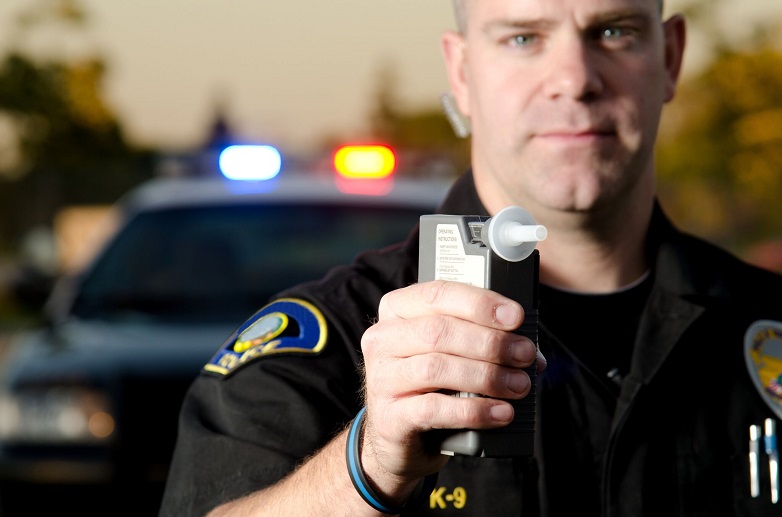
On March 22, 2018, an Amish man was arrested in Ohio for drunk driving after he ran a stop sign. He admitted to the police that he drank 10 beers. The police noticed the failure to stop and then began following the buggy because they believed it may be lead by a runaway horse or that the driver was suffering from a medical emergency. Once they caught up to and stopped the buggy, they found that the driver had a strong odor of intoxicants on his breath. They also observed an open can of beer on the floor inside the buggy. The driver of the buggy also was not able to pass the field tasks, including the one leg stand, walk and turn and horizontal gaze nystagmus. The 21-year-old man was then arrested for drunk driving, and a breath test suggested that he had a bodily alcohol level of .12%.
It appears that this young man was on the tail-end of his “Rumspringa,” which is the Amish right of passage, where, from ages 16 to 21 Amish youth are encouraged to explore the world, including all its vices. The hope and belief of the Amish is that once experienced, the youths will return to their formerly simple life and remain there for the rest of their lives. In other words, they’ll learn that the outside world is not all it’s cracked up to be.
While the case described happened in Ohio, and while another Amish youth was arrested for DUI in Pennsylvania, it is certainly possible that such an arrest could also happen in Michigan. After all, Michigan is home to the Nation’s sixth largest Amish population. In fact, Michigan has 86 Amish church districts which are spread among as many as 35 different settlements. Many of these are in mid-Michigan, including Hillsdale and Branch Counties in the south. The largest Amish community is in St. Joseph County. Known as the Centreville community, it also the oldest in Michigan. The Amish communities in Michigan are also spread as far north as Mackinac County all the way up to the Upper Peninsula. With all of Michigan’s Amish communities and buggies, it would seem that an Amish DUI is certainly a possibility in Michigan. However, many of the Amish communities in Michigan are on the more conservative side, and not all Amish communities follow the Rumspringa tradition.

 Michigan Criminal Defense Lawyer Blog
Michigan Criminal Defense Lawyer Blog




